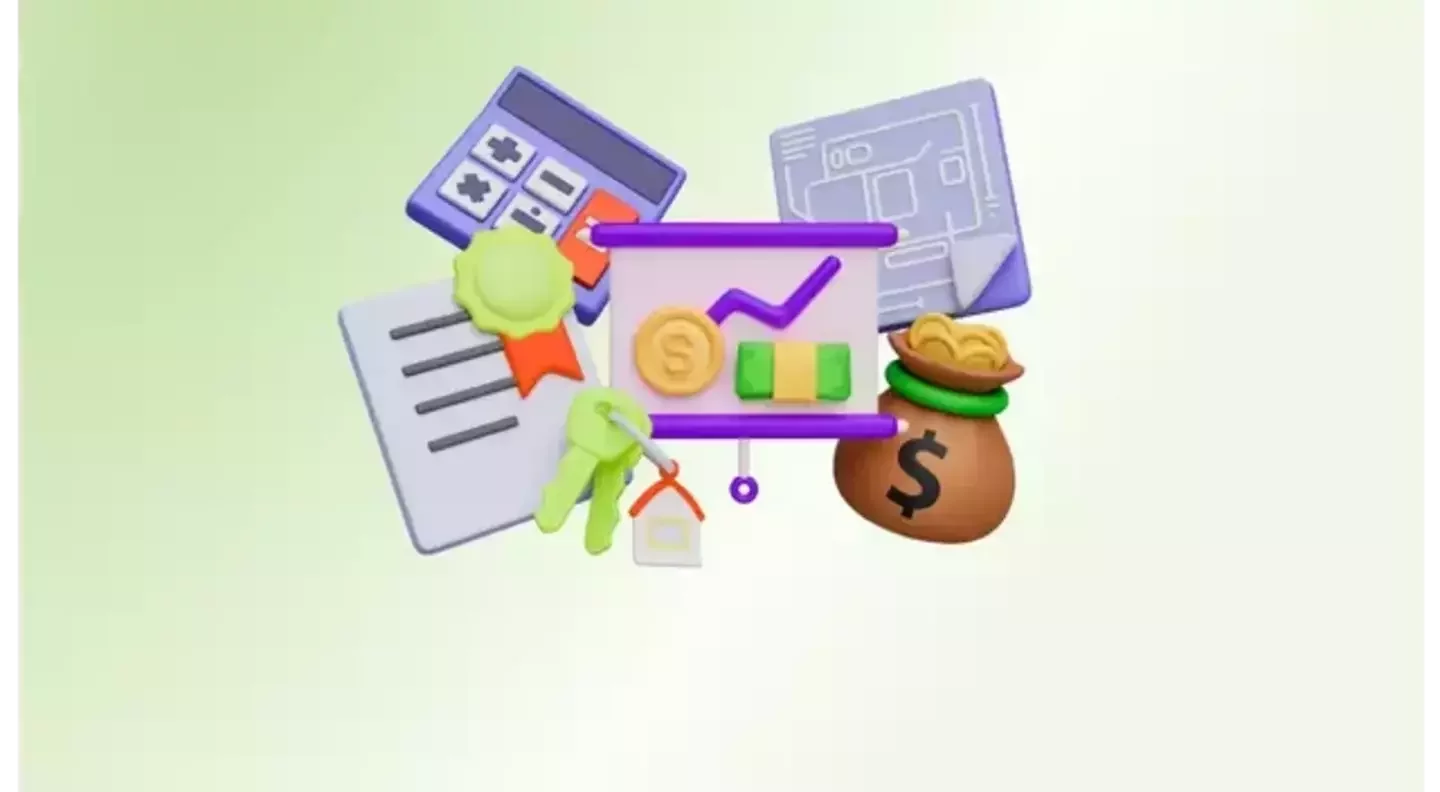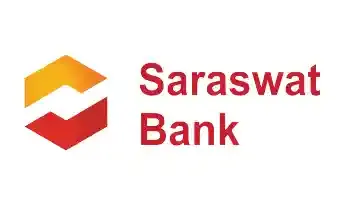Get instant loan offer suitable to your profile !


On this Page:
Understand EBR in education loans, its impact on your loan repayment, and how it compares to other interest rate mechanisms. Learn everything about External Benchmark Rate.
In the complex world of financing higher education, the phrase External Benchmark Rate (EBR) has emerged as a prominent player, yet many people wonder, "What is EBR in education loans?" This blog aims to dispel the mystique around EBR, making it less intimidating and more of a transparent tool for debt management. By examining the substance of EBR and its influence on education loans, we hope to turn confusion into clarity. Whether you're about to apply for a loan or considering switching to an EBR-linked product, our insights will provide you with the information you need to navigate this significant shift in loan pricing, ensuring you're well-prepared to make decisions that align with your educational and financial objectives.

EBR is a reference rate used by Indian banks to determine interest rates on a variety of loans, including educational loans. The Reserve Bank of India (RBI) introduced the concept of EBR to enable more transparency and speedier transmission of policy rate adjustments to borrowers. Unlike the previous approach, which was primarily based on internal benchmarks such as the Marginal Cost of Funds Lending Rate (MCLR) or the Base Rate, EBR connects the interest rate directly to an external benchmark.

The External Benchmark Rate (EBR) undergoes periodic updates based on global market trends. Some recent guidelines and changes include:





For students and parents considering education loans, understanding the move to EBR is critical for a number of reasons. EBR guarantees that interest rates on education loans be more transparent and responsive to broader economic trends. Here's a more extensive look at the main benchmarks used to determine EBR:




Understanding what EBR is in education loans demonstrates how the introduction of EBR affects education loan borrowers in several crucial ways.



The eligibility conditions for EBR-linked education loans are basic. Banks and financial institutions increasingly provide school loans with interest rates that are directly related to an external benchmark, making it easier for students to assess the competitiveness of loan offers. They are:



The External Benchmark Rate (EBR) is an important factor that influences the interest rate on your loan. The EBR is linked to an external financial benchmark like the repo rate set by the RBI. When these factors rise, the loan interest rate also increases.
However, the final interest rate is calculated by considering many factors like EBR, Spread, and Risk premium. Here, the spread is a fixed percentage charged by the bank, and the risk premium varies based on the credit score of the applicant.
Final Interest Rate = EBR + Spread + Risk Premium
Most banks in India follow these benchmarks:




EBR is not a factor that is used to determine the interest rate of a loan. There are many benefits of this system as compared to the MCLR (Marginal Cost of Funds-based Lending Rate) and the Base Rate system.





MCLR was launched in 2016 but, the interest rate was adjusted by the banks. So, EBR was introduced in 2019 to avoid discretion in interest rates.
| Feature | EBR | MCLR | Base Rates |
|---|---|---|---|
|
Benchmark |
Linked to external factors like repo rate, and T-bill yield. |
Internally determined by banks based on their cost of funds. |
Fixed by banks but revised periodically. |
|
Transparency |
High – borrowers can track rate changes. |
Moderate – depends on the bank’s calculations. |
Low – banks had full discretion. |
|
RBI Rate Changes |
Fast |
Moderate |
Slow |
|
Interest Rate Adjustments |
Happens at least once every 3 months. |
Banks decide on adjustments. |
Infrequent Revisions. |

Managing an education loan tied to the EBR demands a proactive approach:




Understanding what is EBR in school loans reveals that converting to an EBR-linked loan may be favourablefavorable for existing borrowers under the MCLR or Base Rate regime, particularly in a climate of dropping interest rates. However, the decision should be based on a detailed analysis that includes:




When an applicant borrows money from the lender they are charged interest based on the EBR system. This policy has made the system transparent yet, brought some disadvantages for the applicant.
EBR-linked loans have floating interest rates and monthly payments can change based on market conditions thus, making financial planning challenging.
EBR is changed every three months and borrowers can face frequent adjustments hence, making the rates unstable.
The benchmark rate is standardized and each lender adds the spread and risk premium. Lenders alter these rates based on credit history and university ranking thus, affecting interest rates.
Understanding EBR's function in school loans allows borrowers to make more informed financial decisions. This move toward greater transparency and responsiveness in loan pricing is beneficial to students and their families. As you look into school finance choices, remember that knowledge is essential for getting the best loan conditions. For those interested in learning more, check their eligibility through GyanDhan to gain useful insights and guidance. Take the next step in securing your educational future by learning more about your options today.

While the EBR (External Benchmark Rate) is related to external benchmarks such as the RBI repo rate, the MCLR (Marginal Cost of Funds Lending Rate) is an internal benchmark rate calculated by banks using their own cost of funds. The key difference is that EBR is more transparent and sensitive to external economic factors than MCLR, which is more insular.
EBRs are usually adjusted periodically to reflect changes in external benchmark rates. This regular update can have an impact on your education loan interest rates, increasing volatility while also reflecting current economic conditions. Borrowers should anticipate for both interest rate decreases and hikes as a result of these modifications.
Yes, borrowers can alter loan types, however this is subject to the lender's terms and conditions, and there may be associated fees. Before making a switch, consider the potential long-term costs and rewards.
First-time borrowers may benefit from reduced interest rates during economic downturns, as external economic policies targeted at reviving the economy have a greater direct impact on EBRs. Furthermore, because EBR-linked loans are transparent and predictable, new borrowers can plan their finances more effectively.
Choosing an EBR-linked loan may necessitate a more flexible repayment strategy, as interest rates can fluctuate in response to external economic conditions. Borrowers may need to plan for changing EMI amounts or consider prepayment techniques during low-interest rate periods to better manage their loan.
Check Your Education Loan Eligibility

Ask from a community of 10K+ peers, alumni and experts
Trending Blogs
Similar Blogs

Network with a community of curious students, just like you
Join our community to make connections, find answers and future roommates.. Join our CommunityCountry-Wise Loans
Best Lenders for Education Loan

ICICI Bank

Axis Bank

Union Bank

Prodigy

Auxilo

Credila

IDFC

InCred

MPower

Avanse

SBI

BOB

Poonawalla

Saraswat